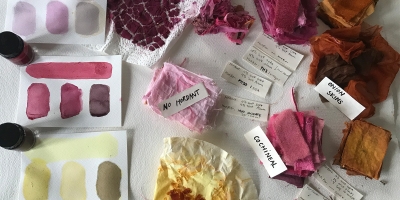
Bilin, also called Bilichrome, any biological pigment (biochrome) belonging to a series of yellow, green, red, or brown nonmetallic compounds that are formed as a metabolic product of certain porphyrins. In addition to their presence in the bile pigments of mammals, bilins also occur in invertebrates, lower vertebrates, red algae, and green plants. Bilin pigments not only impart various colours to certain animal parts or products but are also indispensable in a number of photoperiodic processes in green plants and as accessory pigments in the photosynthetic process in red algae. As accessory pigments, bilins absorb photons of wavelengths not absorbed by chlorophyll pigments.
Plants and animals commonly possess characteristic pigments. They range in plants from those that impart the brilliant hues of many fungi, through those that give rise to the various browns, reds, and greens of species that can synthesize their food from inorganic substances (autotrophs), to the colourful pigments found in the flowers of seed plants. The pigments of animals are located in nonliving skin derivatives such as hair in mammals, feathers in birds, scales in turtles and tortoises, and cuticles and shells in many invertebrates. Pigments also occur within living cells of the skin. The outermost skin cells may be pigmented, as in humans, or special pigment-containing cells, chromatophores, may occur in the deeper layers of the skin. Depending on the colour of their pigment, chromatophores are termed melanophores (black), erythrophores (red), xanthophores (yellow), or leucophores (white).
Credit : Britannica
Picture Credit : Google




